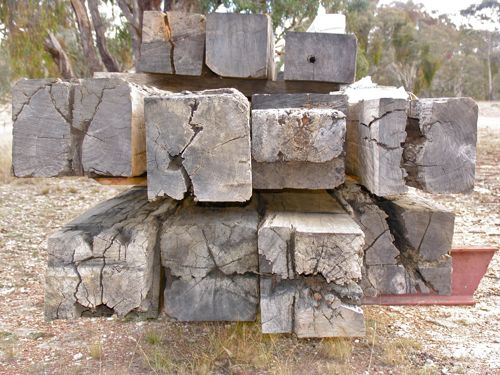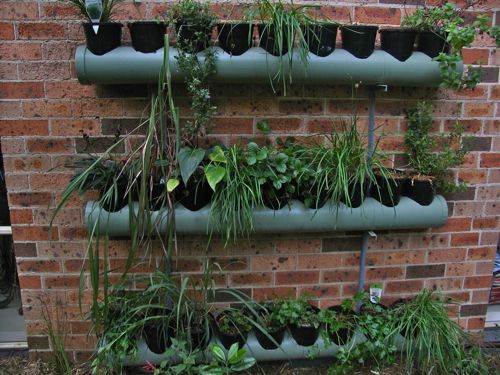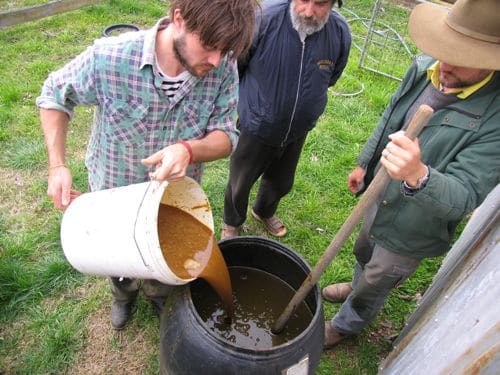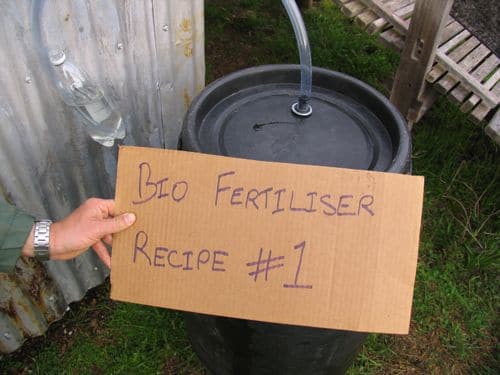Good Wood
[caption id="attachment_1121" align="aligncenter" width="500" caption="Recycled bridge beams: all de-bolted, squared up, and ready to build our house."] [/caption]
[/caption]
Natural building is a conundrum. In every sense of the word. Pick an aspect of modern western building, and then try and find an economically priced, ethically viable and completely non-toxic solution with a minimum of embodied energy. I am telling you now, dear reader, that for many materials you will be looking for quite some time.
Off-gassing plastics, sealants, wood products impregnated with (organic) poison to prevent critters eating it, pipes that leach, insulation with massive embodied energy or just a prohibitive price tag. It seems frequently that while building our tinyhouse we keep running into these problems. Why is the simple act of building a small and simple home which is ethically sourced, economically priced and which won’t poison its residents such a hard thing to do?



